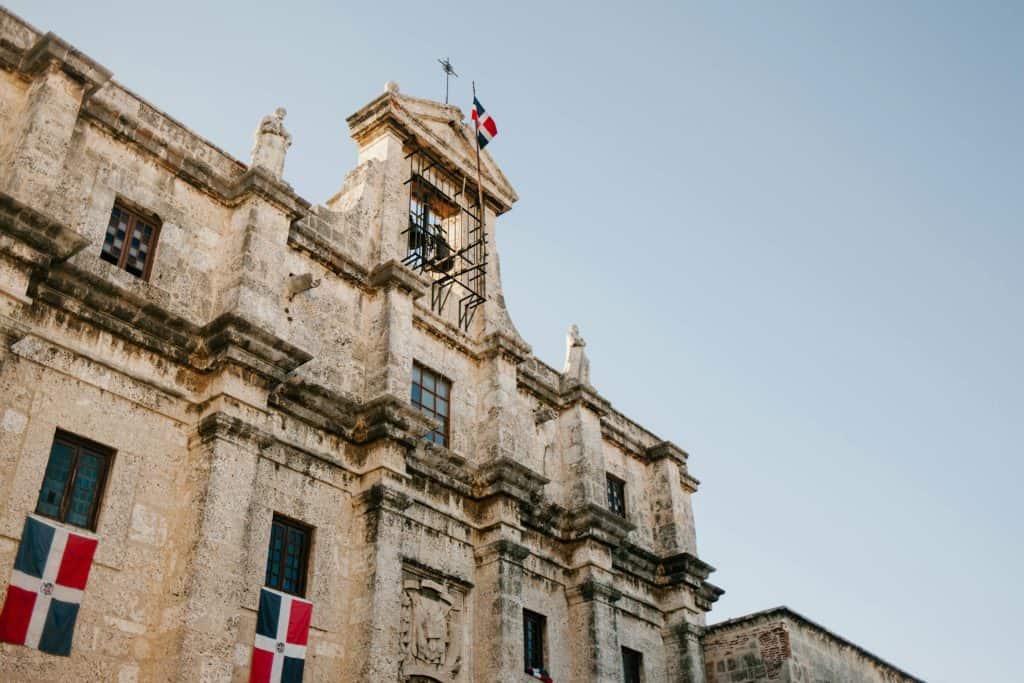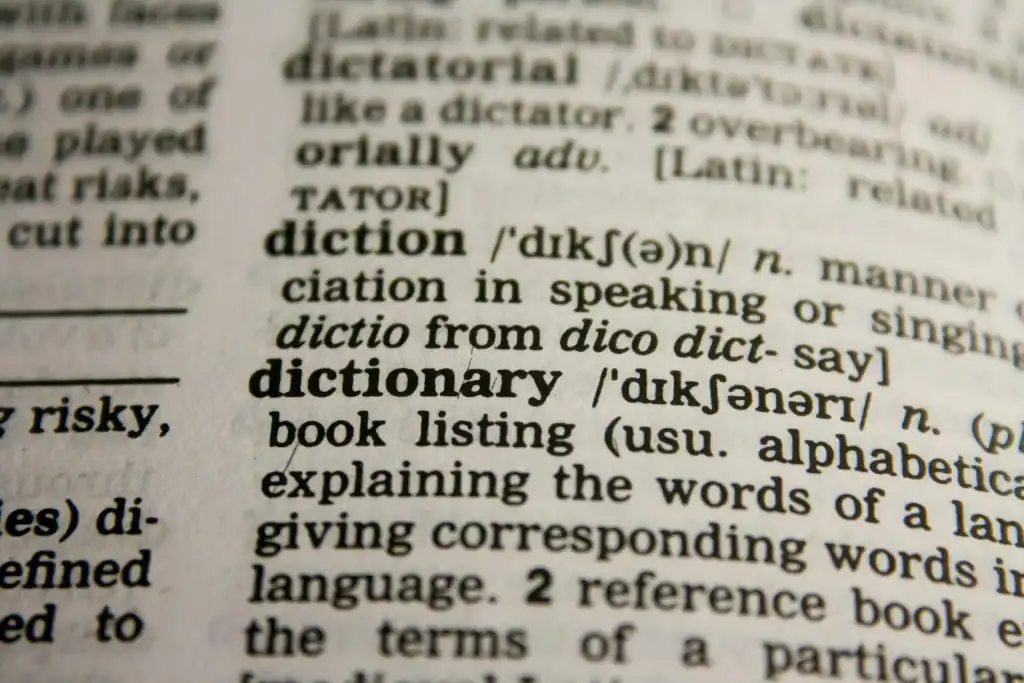Why Dominican Banking Spanish Differs from Textbook Spanish
The first time I stepped into a sucursal (branch) of Banco Popular, I expected basic questions about ID and initial deposit. Instead, the clerk unleashed a torrent of terms—cuenta de ahorros, cargo por manejo, firma autorizada, tarjeta de débito contactless—most of which never appeared in my intermediate Spanish course. Dominican banks sprinkle Caribbean colloquialisms on top of formal Spanish, wrap everything in polite usted, and garnish with acronyms like RNC (tax ID) and SIB (Superintendencia de Bancos). If you’re prepared, the process is straightforward; if not, you’ll be sprinting to the photocopy shop three times. That is why it is good to learn a lot of the Spanish terminology to deal with banks. Our friends over at Expat Ally have a comprehensive course that can get you to speaking fluent Spanish in no time.
This guide walks chronologically through opening three account types—savings, checking, and certificate of deposit—offering phrases, cultural notes, and English translations. By the end, you’ll understand why a bank might ask for a referencia bancaria (bank reference) and how to request online banking without resorting to English. This way you can easily deposit your money.
Picking the Right Bank and Collecting Requisitos (Requirements)
Dominican banks vary in fee structure, English‑language service, and digital banking quality. Before visiting, call or WhatsApp the branch:
Spanish: “Buenos días. Quiero abrir una cuenta de ahorros como extranjero residente. ¿Cuáles son los requisitos y el monto mínimo de apertura?”
English: Good morning. I’d like to open a savings account as a resident foreigner. What are the requirements and the minimum opening amount?
Typical requirements you’ll hear:
| Spanish Term | English Meaning |
|---|---|
| Cédula de identidad | Dominican national ID (foreigners can use residency card) |
| Pasaporte vigente | Valid passport |
| Carta de trabajo | Employment letter |
| Referencia bancaria | Bank reference letter from your home bank |
| Factura de servicio | Utility bill for proof of address |
Polite tip: Bring two photocopies of everything. Clerks appreciate readiness and may waive minor hassles.
Spanish Terminology: Announcing Yourself at the Reception Desk
In most branches, a security guard greets you. Start with courtesy:
“Buenas tardes. Vengo a abrir una cuenta nueva; me indicó el señor Méndez que pase por esta sucursal.”
Good afternoon. I’m here to open a new account; Mr. Méndez told me to come to this branch.
If they ask which type of account:
“Una cuenta de ahorros personal, por favor.”
A personal savings account, please.
They hand you a ticket number—número de turno—that flashes on screens.
Spanish Terminology: The Savings Account (Cuenta de Ahorros)
Common Vocabulary
| Spanish Phrase | English Translation | Why It Matters |
| Cuenta de ahorros | Savings account | Pays modest interest; easy withdrawals |
| Tasa de interés anual | Annual interest rate | Usually quoted as interés efectivo anual |
| Cargo por manejo | Maintenance fee | Sometimes waived above a balance |
| Estado de cuenta | Account statement | Paper statements cost extra |
| Clave electrónica | Online banking password | Set up at the terminal |
Sample Dialogue: Setting Up the Account
Clerk: “Necesito su pasaporte y la residencia temporal, por favor.”
You: “Claro, aquí los tiene. También traigo la carta de trabajo.”
Clerk: “Perfecto. ¿Desea activar la banca en línea y la app móvil?”
You: “Sí, por favor. ¿Hay costo adicional?”
Clerk: “No tiene costo, pero la tarjeta de débito llega en diez días.”
You: “Entiendo. ¿Puedo recogerla aquí mismo?”
Translation
Clerk: I need your passport and temporary residency, please.
You: Sure, here they are. I also brought the employment letter.
Clerk: Perfect. Would you like to activate online banking and the mobile app?
You: Yes, please. Is there an extra cost?
Clerk: No cost, but the debit card arrives in ten days.
You: I understand. Can I pick it up here?
Cultural Note
Dominican tellers almost always address you as caballero (sir) or dama (ma’am). Mirror their respect. Even if your Spanish is shaky, a solid “Con gusto” (with pleasure) earns goodwill.
The Checking Account (Cuenta Corriente)
Checking accounts in the DR are less common for everyday consumers because they charge cheque‑processing fees. Still, they’re useful for paying contractors who like cheques.
Key Terms
| Spanish | English | Detail |
| Cuenta corriente | Checking account | Allows cheques—cheques pronounced ché‑kes |
| Límite de giro | Overdraft limit | Dominican banks rarely offer overdraft to foreigners |
| Talonario de cheques | Cheque book | Delivered in branch |
| Compensación | Cheque clearing | Takes 24–48 hours |
When the clerk offers overdraft protection:
“Por ahora prefiero sin sobregiro; mantendré saldo suficiente.”
For now I prefer no overdraft; I’ll maintain sufficient balance.
Requesting a Cheque Book Politely
“¿Podría solicitar un talonario pequeño de 25 cheques? No emito muchos.”
Could I request a small cheque book of 25 cheques? I don’t issue many.
They might warn:
“Cada cheque rechazado tiene una penalidad de 1,000 pesos.”
Each bounced cheque carries a 1,000‑peso penalty.
Answer with understanding:
“De acuerdo, me aseguraré de tener fondos disponibles.”
The Certificate of Deposit (Certificado de Depósito)
Certificates of deposit—often shortened to CD—offer higher returns if you lock funds.
Vocabulary Cheat
| Spanish Term | English | Note |
| Certificado de depósito | Certificate of deposit | Abbreviated “CD” |
| Plazo | Term (in months) | 30, 60, 90, 180, 360 days |
| Tasa fija | Fixed rate | Most CDs here are fixed |
| Capitalización | Interest capitalization | Monthly or at maturity |
| Renovación automática | Auto‑renewal | Opt‑out if you need liquidity |
Sample Inquiry
“Estoy interesado en un certificado de ciento cincuenta mil pesos a seis meses. ¿Cuál es la tasa fija y la penalidad por retiro anticipado?”
I’m interested in a 150,000‑peso certificate for six months. What’s the fixed rate and the penalty for early withdrawal?
Typical response:
“La tasa es 7.25 % anual, capitalizable mensualmente. El retiro anticipado aplica una penalidad del 2 % sobre intereses devengados.”
The rate is 7.25% annual, capitalized monthly. Early withdrawal carries a 2% penalty on accrued interest.
Confirm receipt:
“¿Me entregan un certificado físico o electrónico? Necesitaré presentarlo para la residencia definitiva.”
Activating Online and Mobile Banking
Dominican banks now push token digital (digital token) apps for two‑factor authentication.
“Quiero activar el token digital. ¿Se instala desde Google Play y luego genero el PIN aquí?”
I’d like to activate the digital token. Do I install it from Google Play and then generate the PIN here?
They’ll hand you a form titled Solicitud de servicio en línea (online‑service request). Sign where it says firma autorizada. Ask about SMS alerts:
“¿Los estados de cuenta llegan al correo electrónico y los avisos de transacción al celular?”
Do account statements arrive by email and transaction alerts to my phone?
Fees and Fine Print—Questions to Ask in Spanish
- “¿La cuenta tiene saldo mínimo obligatorio?”
Does the account have a mandatory minimum balance? - “¿Cobran cargo por inactividad?”
Do you charge an inactivity fee? - “¿Las transferencias ACH entre bancos locales son gratis?”
Are ACH transfers between local banks free? - “¿Cuál es el límite diario de retiro en cajeros?”
What’s the daily ATM withdrawal limit?
Dealing with the Cashier (Cajero) for First Deposit
Most branches require an initial deposit at the caja window. Say:
“Deseo depositar cinco mil pesos a la cuenta nueva; aquí está mi número de cuenta.”
I’d like to deposit 5,000 pesos into the new account; here’s my account number.
The cashier prints a comprobante de depósito (deposit slip). Verify the account code—Dominican accounts use the número de cliente followed by sufijo de producto. Ask politely if unsure:
“Disculpe, ¿este sufijo 013 corresponde a cuenta de ahorros?”
Excuse me, does this 013 suffix correspond to a savings account?
Setting Up International Transfers—The SWIFT Conversation
If you plan to receive money from abroad, request the código SWIFT and routing instructions:
“¿Me facilita el SWIFT y la dirección del banco para transferencias internacionales? Voy a recibir dólares desde Estados Unidos.”
Could you provide the SWIFT and bank address for international transfers? I will receive dollars from the U.S.
Confirm fees:
“¿Cobran comisión de recepción? ¿Y el banco corresponsal también descuenta?”
Do you charge a reception fee? And does the correspondent bank also deduct?
Tips for a Smoother Experience
- Arrive early. Branches open at 8:30 a.m. The first hour has shorter lines.
- Dress semi‑formal. A collared shirt speeds perception of trustworthiness.
- Use Dominican pesos, not USD, for opening deposits. Some banks refuse foreign cash at the teller.
- Bring your own pen. COVID made branches pen‑stingy.
- Be patient. Banking culture values politeness; impatience stalls your file.
Example Story: From Queue to Card in 40 Minutes
I arrived at Banco BHD León armed with photocopies, utility bill, and a smile. After the guard handed me a número de turno, I waited only ten minutes. The account executive, Ms. Fernández, greeted me with:
“Caballero, adelante. ¿En qué puedo servirle hoy?”
I replied:
“Me recomendaron esta sucursal para abrir una cuenta corriente y un certificado de depósito en dólares.”
She walked through each form, highlighting signature boxes—rubricas. I thanked her after each step with a short “Perfecto, muchas gracias.” The only hiccup was a missing photocopy of my tenancy contract. I asked if a digital PDF sufficed:
“Tengo el contrato escaneado en mi correo. ¿Le sirve si se lo reenvío ahora mismo?”
She nodded, printed it, and stamped recibido. Forty minutes later, I left with my número de cliente, an online‑banking token activated, and an estimated debit‑card pickup date. Had I spoken English, I suspect the process would have doubled.
Conclusion: From Novato to Cliente Preferente
Opening a bank account in the Dominican Republic is less about flawless grammar and more about showing cultural savvy: greet warmly, have documents ready, and sprinkle local banking terms like cuenta de ahorros, cuenta corriente, and certificado de depósito. Doing so turns the clerk from gatekeeper into guide. And the next time you log into banca en línea and see your balance in pesos—interest from the CD ticking up—you’ll realize Spanish jargon wasn’t a hurdle; it was the key that unlocked financial belonging.
Éxitos en tu aventura bancaria y que tus cuentas siempre estén en positivo!



